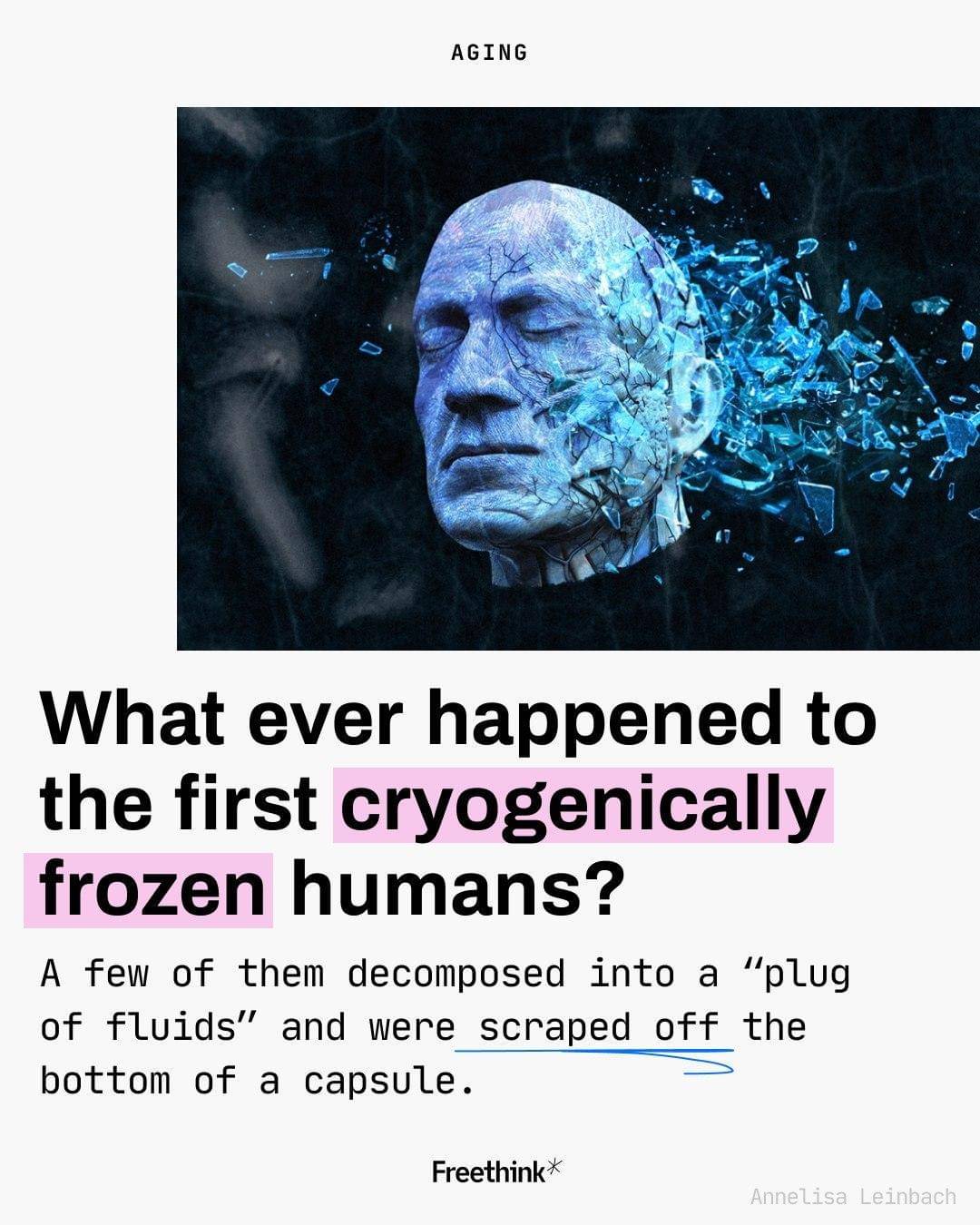this post was submitted on 08 May 2024
815 points (99.2% liked)
Science Memes
14336 readers
2734 users here now
Welcome to c/science_memes @ Mander.xyz!
A place for majestic STEMLORD peacocking, as well as memes about the realities of working in a lab.

Rules
- Don't throw mud. Behave like an intellectual and remember the human.
- Keep it rooted (on topic).
- No spam.
- Infographics welcome, get schooled.
This is a science community. We use the Dawkins definition of meme.
Research Committee
Other Mander Communities
Science and Research
Biology and Life Sciences
- [email protected]
- [email protected]
- [email protected]
- [email protected]
- [email protected]
- [email protected]
- [email protected]
- [email protected]
- [email protected]
- [email protected]
- [email protected]
- [email protected]
- [email protected]
- [email protected]
- [email protected]
- [email protected]
- [email protected]
- [email protected]
- [email protected]
- [email protected]
- [email protected]
- [email protected]
- [email protected]
- [email protected]
- !reptiles and [email protected]
Physical Sciences
- [email protected]
- [email protected]
- [email protected]
- [email protected]
- [email protected]
- [email protected]
- [email protected]
- [email protected]
- [email protected]
Humanities and Social Sciences
Practical and Applied Sciences
- !exercise-and [email protected]
- [email protected]
- !self [email protected]
- [email protected]
- [email protected]
- [email protected]
Memes
Miscellaneous
founded 2 years ago
MODERATORS
you are viewing a single comment's thread
view the rest of the comments
view the rest of the comments

there could be a way maybe, by freezing water while keeping it extremely pressurized (extremely), you can make "efficient ice" that occupies less space, called ice VII, I'm not kidding. It would cost literally billions of dollars so not yet feasible, but it keeps my sci-fi loving mind at ease.
Flash freezing can work, but it's almost impossible for something as large as a human body.
Cryoprotectants also do this pretty efficiently -- they prevent crystallization, which leads to "vitreous" ice, which has more or less the same structure as liquid water and so doesn't expand much. I think they do use that when freezing people, but the problem is that even if you fill the blood vessels with pure ethylene glycol, it diffuses very slowly, and it takes hours to get into cells which are far from large blood vessels. They dont diffuse the cryoprotectant in that thoroughly, though, because that'd take so long the body would have started to decay too much.
Edit: oops, the article talks about vitrifying agents. They make it sound like they're not effective, but as I said above, they're very effective if you can get them in every nook and cranny of every cell, which is a losing battle.